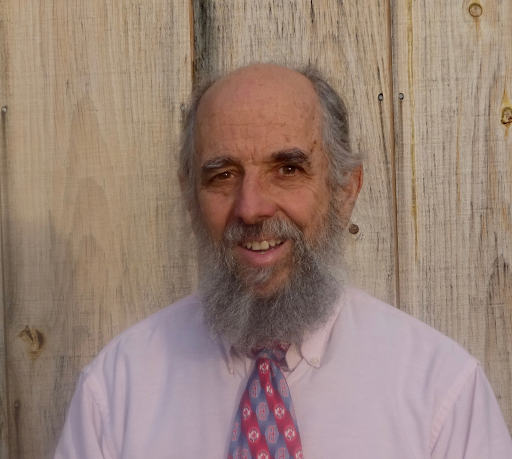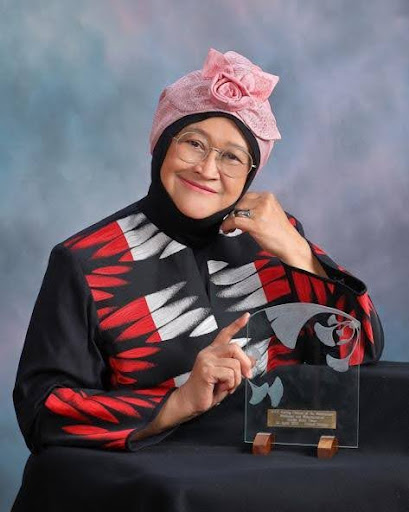
2024 Winter Edition
Fall 2024 SPOTLIGHTS
Rehabilitation and Integrative Health: Looking Back, and Ahead
Eric (Rick) Leskowitz, MD
Having recently retired after working for over 25 years as a psychiatrist in the pain management program at Spaulding Rehabilitation Hospital in Boston, I’ve had a chance to look back and get some perspective on the integrative perspective that our program developed. When I first joined the team in 1990, it was considered fairly radical to train patients in self-management and teach them modalities like biofeedback and meditation, but that has since become the standard of care in the field. How did rehab medicine become so holistic?
A key feature of PM&R has always been its reliance on teamwork to get things done, as embodied by ACRM. By its very nature, rehab work was always integrative. For example, our program featured OTs, PTs, RNs, PhDs and MDs working together to devise a multi-disciplinary treatment plan using mind/body and energy medicine approaches to increase function rather than suppress symptoms. Our well-credentialled clinicians had also studied energy medicine modalities, and this helped establish their credibility with our more conventional colleagues.
Treatment modalities like trigger point injections for myofascial pain set the stage for using the similar technique of acupuncture (though with thinner needles, similar point locations, and a very different explanatory theory), and now every hospital offers that once-taboo option. A modified form of osteopathic manipulation – craniosacral therapy – helps mild traumatic brain injury (Leskowitz, 2017), while yoga has developed numerous rehab-specific subspecialities (chair, aquatic, trauma-informed, etc.).
My particular interest has been in energy psychology, a form of exposure/desensitization psychotherapy called “tapping” (EFT, Emotional Freedom Technique), where the patient taps on their own acupuncture points when reviewing upsetting situations and emotions.
It’s been proven effective for anxiety, PTSD and chronic pain, because the blocked energy (qi) can be released, and the body’s health restored.
This energy point of view has helped me to understand one of the most perplexing of pain syndromes – phantom limb pain. It turns out that the electromagnetic field surrounding the body, aka the aura or the biofield, can actually be palpated manually via a technique called Therapeutic Touch. This biofield can even be detected in the region of the phantom limb, although there is no physical structure there anymore; what’s more, the patient can feel when his phantom is being touched in TT! So something more than neurophysiology is happening here, though “what it is ain’t exactly clear” (Leskowitz, 2014)
Biofield medicine has many other applications, because biofields interact – for example, a good doctor/patient relationship is a matter of creating harmony between these two fields. A clinical team that works well together has their biofields in resonance, as shown in this laboratory demonstration of emotional entrainment from my documentary film on group energies in sports (see Figure 1 and the video clip at https://www.youtube.com/watch?v=72DtbK2EVcI&t=2s).
The biofield model has also helped me to better understand phenomena like peak performance in the Zone, the impact of crowd energies, and even the way that certain places can be imbued with an intangible healing power.
It’s been gratifying to see the focus of medicine in general and PM&R in particular expand over the years, as seen with the growth ACRM’s specialty group and Spaulding’s own Integrative Health Initiative (now including over 100 network clinicians under the guidance of Dr. Ariana Vora). My prediction is that the next frontier in healthcare will be the domain of energy medicine, because it will allow us to develop a truly multidimensional model of rehabilitation and health.
Dr. Leskowitz is a Research Affiliate with the Osher Institute for Integrative Medicine at Harvard Medical School and is the author of The Mystery of Life Energy: Biofield Healing, Phantom Pain, Group Energetics and Gaia Consciousness (www.TheMysteryOfLifeEnergy). A compilation of his research articles can be found at https://www.researchgate.net/profile/Eric-Leskowitz/research
Citations:
Leskowitz E. Craniosacral therapy, brain injury, and American football: Time for a convergence, Journal of Alternative and Complementary Medicine, 23(12):905-6, 2017
Leskowitz E. Phantom limb pain: An energy/trauma model. Explore: The Journal of Science and Healing, 2014 Nov-Dec;10(6):389-97.
Dr. Zaliha Binti Omar was recognized and honored by
INTERNATIONAL COUNCIL FOR CARING COMMUNITIES.
Better Living … Adding Life to Years
Dr. Zaliha Binti Omar, M.B,B.S, FRCP, FAFRM, FAMM, DMR RCP, Honorary Professor at University Malaya, Kuala Lumpur Malaysia, Visiting Professor at Fujita Health University, Japan, and Co-Chair of the Nature-Based Rehabilitation Medicine Task Force of the Complementary Integrative Rehabilitation Medicine Networking Group was the recipient of the International Council for Caring Communities (ICCC) Pioneer Award for outstanding achievement and contribution to world betterment from a United Nations associated organization. She was honored at an awards ceremony at the United Nation in New York on April 24, 2024.
The letter from ICCC, amongst others said:
‘This award was established to recognize leaders whose visionary foresight, leadership and creative endeavors have enhanced society. Because of your achievements in your 25-year tenure at the University of Malaya where through your pioneering efforts you were able to introduce a Rehabilitation Medicine curriculum for undergraduate medical studies and developed two academic post-graduate residency training programs for doctors (Rehabilitation Medicine and Sports Medicine), you are recognized as an international “Pioneer” in creating caring communities. Not content in establishing programs in your native Malaysia, Dr. Omar also introduced a Rehabilitation Medicine curriculum at the University of Edinburgh, Scotland. It is with great honor that you are nominated for this award.’
 The background to this award had been featured in the following article in 2022, the culmination of her work on academic capacity building in Rehabilitation Medicine over 25 years at the University Malaya (1980-2005) where she pioneered Rehabilitation Medicine in Malaysia.
The background to this award had been featured in the following article in 2022, the culmination of her work on academic capacity building in Rehabilitation Medicine over 25 years at the University Malaya (1980-2005) where she pioneered Rehabilitation Medicine in Malaysia.
In addition, at the ISPRM World Congress 2024 in June in Sydney, Australia, Dr Zaliha Omar also received the Herman Flax Lifetime Achievement award.
The Herman Flax Lifetime Achievement Award was established by the International Rehabilitation Medicine Association in honor of Herman Flax who provided outstanding leadership to IRMA and his specialty throughout his long career as an academic physiatrist.





